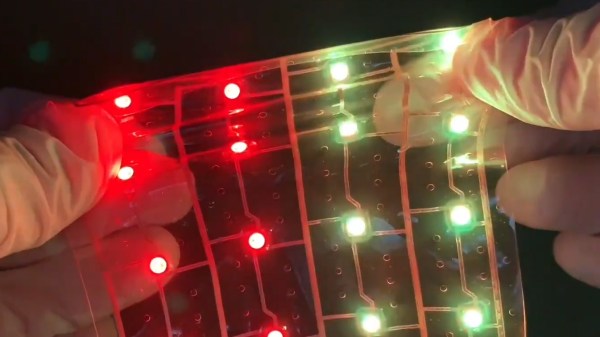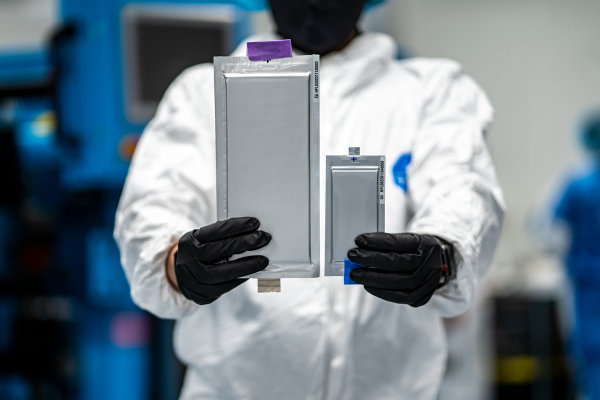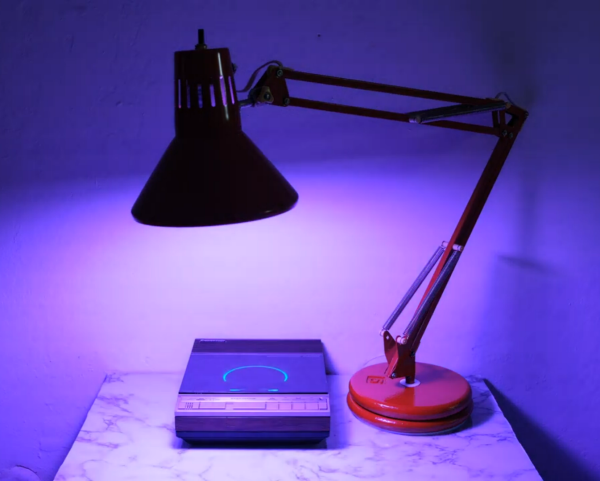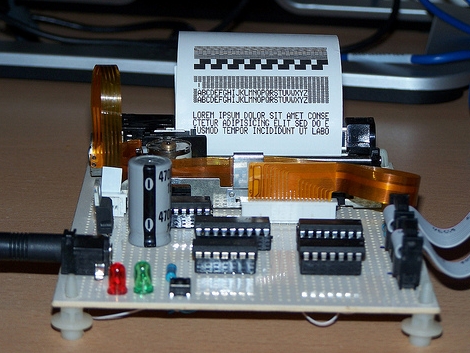MSX computers were not very common in the United States, and we didn’t know what we were missing when they were popular. [Re:Enthused] shows us what would have been a fine machine in its day: a Panasonic FS-A1FM. Have a look at the video below to see the like-new machine.
The machine isn’t just an ordinary MSX computer. The keyboard is certainly unique, and it has an integrated floppy drive and a 1200-baud modem. The case proudly proclaims that the floppy is both double-sided and double-density. Like most MSX computers, it had a plethora of ports and, of course, a cartridge slot. Unfortunately, the machine looks great but has some problems that have not been repaired yet, so we didn’t get to see it running properly.
He was able to get to the MSX-DOS prompt to show along with the BIOS menu. We hope he manages to get the keyboard working, and we were glad to see another computer from that era we had not seen before.
We don’t think anyone made one at the time, but we’ve seen a modern take on a luggable MSX. Of course, you can emulate the whole thing on a Pi and focus on the aesthetics.


















